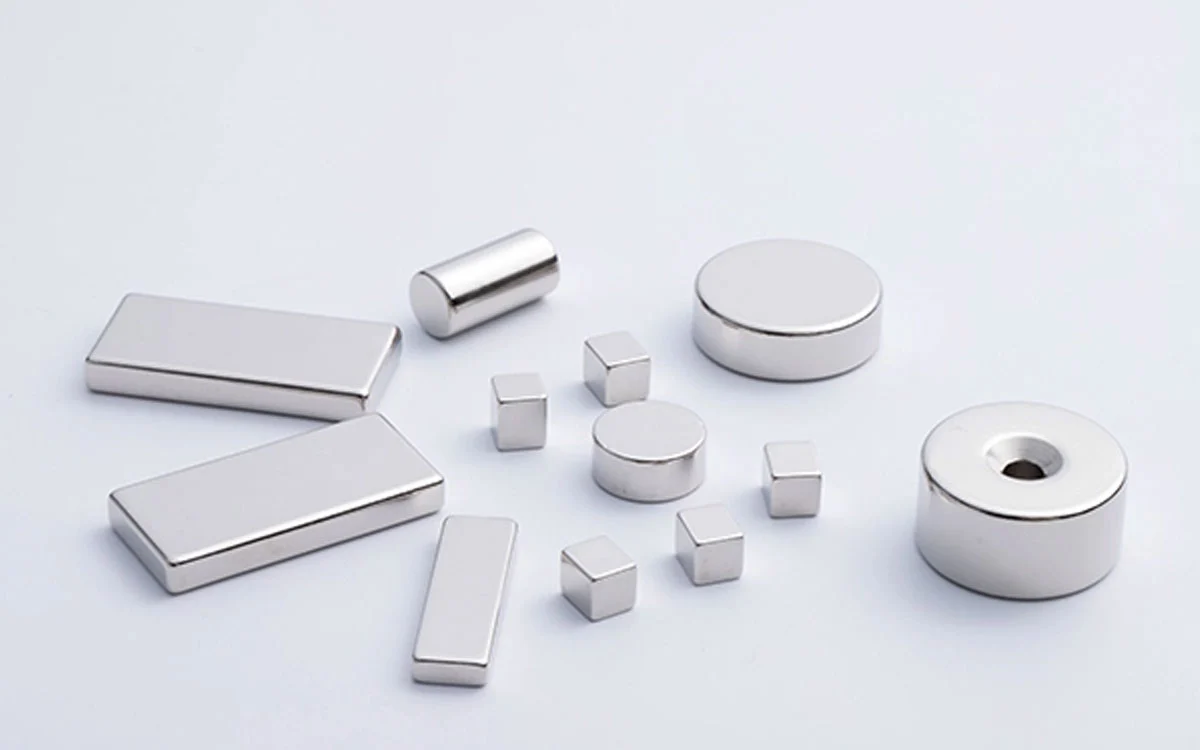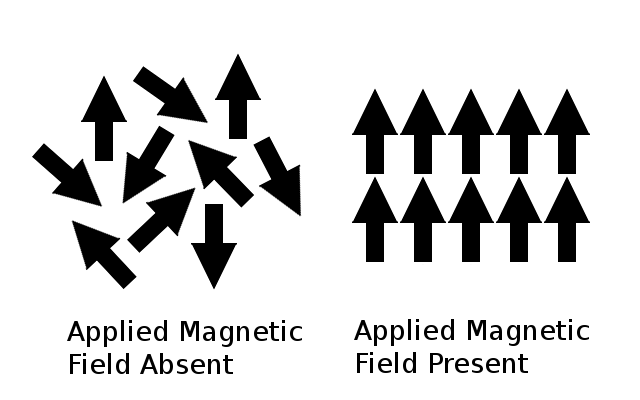How Temperature Effect of The Permanent Magnets
How Temperature Effect of The Permanent Magnets
Have you ever had an in-depth understanding of why permanent magnets demagnetize or have no magnetism? After the non-magnetic force appears, what method can be used to change the magnet back to magnetism? In this blog, I will answer the above questions for you.
So… Under what circumstances will the magnet's magnetic force be reduced or even non-magnetic?
Base on Research and engineering practice have found that under normal operating conditions, permanent magnets usually maintain their persistent magnetic field independently. However, demagnetization of permanent magnet materials can occur under certain conditions, including exposure to high temperatures, collisions with other objects, volume loss, exposure to conflicting magnetic fields, and corrosion and oxidation.
High Temperatures:
One of the most common causes of demagnetization is High temperature, but different magnets have different maximum operating temperatures and Curie temperatures.

Let us first understand what the maximum temperature of a permanent magnet is, and then we will explain what the maximum operating temperature and Curie temperature represent respectively.
NdFeB Magnet

NdFeB magnet or Neodymium magnet is the most commonly used in our life, normally their working temperature can reach up to 200℃, but it needs to be checked is a letter at the end of the magnet grade like N52M, N45SH, etc.…
Neodymium magnet is classified by temperature as
N (Normal) - (80℃)
M (Medium) - (80-100 ℃)
H (High) - (100-120 ℃)
SH (Super High) - (120-150 ℃)
UH (Ultra High) - (150-180 ℃)
EH (Extreme High) - (180-200 ℃).
The magnetic potency of NdFeB magnets is intricately linked to fluctuations in surrounding temperature. Neodymium magnets will experience a 0.11% reduction in magnetism for every 1°C rise in temperature within the designated operating temperature range.
Upon cooling, the majority of the magnetism can be restored to its original level, signifying reversibility. However, should the temperature surpass the Curie temperature, portions of the magnet may undergo violent movement and subsequent demagnetization, making the process irreversible.
SmCo Magnet
SmCo magnets possess robust magnetic strength and can operate at temperatures between 310 and 400℃. While they may be less powerful than neodymium magnets, SmCo magnets have higher temperature durability, rendering them suitable for use in high or extremely low-temperature applications. Additionally, these magnets exhibit notable properties such as excellent resistance to oxidation, corrosion, and extreme demagnetization.

Ferrite/Ceramic Magnet
Ferrite magnets contain a high amount of iron oxide along with a small proportion of other metallic elements. While they have a comparatively lower maximum operating temperature of 250℃, ferrite magnets are widely utilized due to their cost-effectiveness. Referred to as ceramic magnets because of their exceptional electrical resistance, ferrite magnets are applied in various fields including transformers and computer cables.

Curie temperature
The Curie point, also known as the Curie temperature (Tc), is the temperature at which the spontaneous magnetization in magnetic materials decreases to zero. At this critical point, ferromagnetic or ferrimagnetic substances change into paramagnetic substances, causing the magnet to lose all its magnetism at a specific temperature.

PREV : Why Do Speakers Have Permanent Magnets?
NEXT : None




